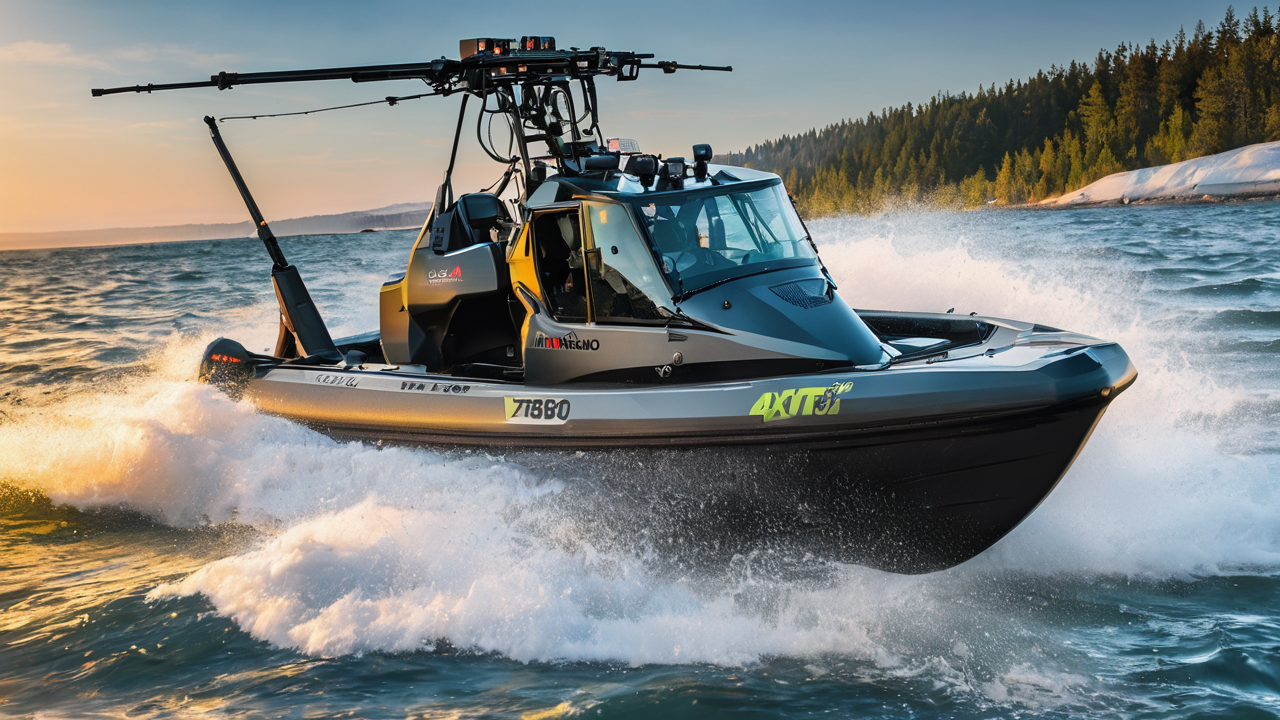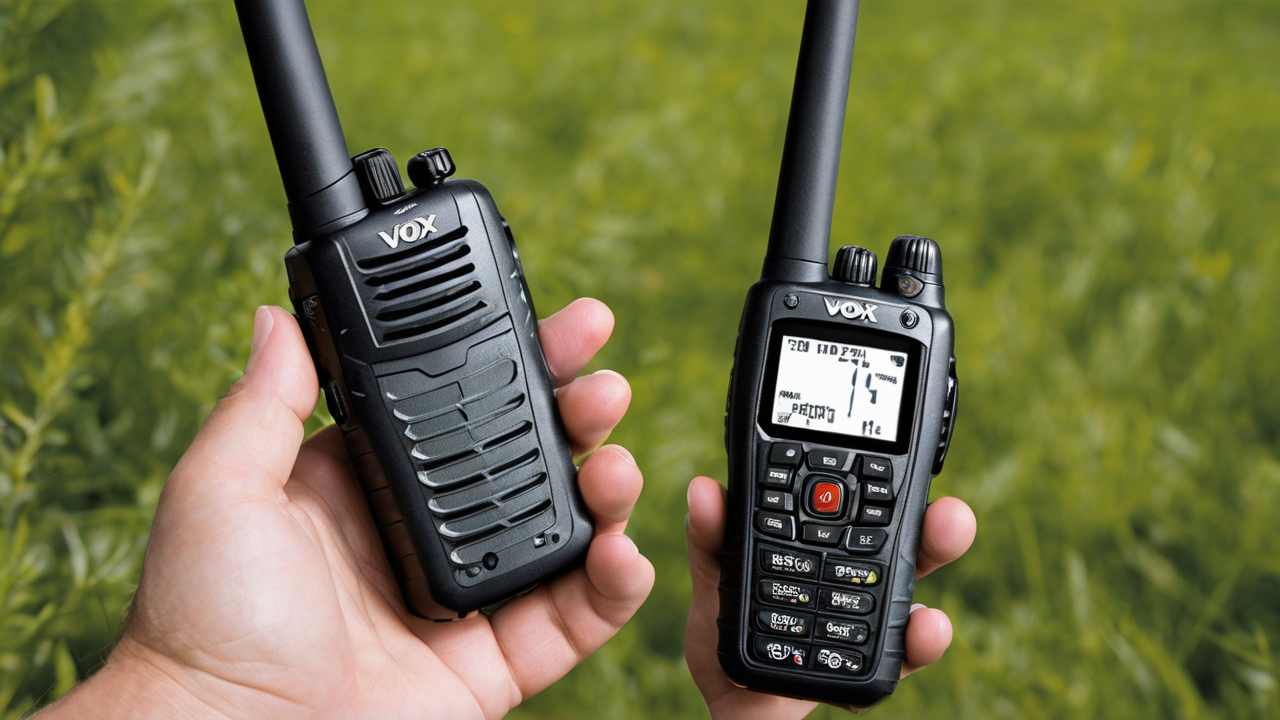Overview of Long Range Walkie-Talkie Capabilities
Understanding the Technologies Behind Long Range Communication
Long range walkie-talkies use various technologies to achieve wide coverage. The most common is UHF (Ultra High Frequency) radio waves. These waves can travel far and penetrate buildings well.

Another tech is VHF (Very High Frequency). It's great for outdoor use and can cover even longer distances. Some models use both UHF and VHF for versatility.
Advanced walkie-talkies may use digital signals. These offer clearer sound and better range. Some even use satellite technology for truly nationwide coverage.
The power output of the device also affects range. Higher wattage means longer range. Most consumer models range from 0.5 to 5 watts.
Key Features to Look for in a Long Range Walkie-Talkie
When choosing a long range walkie-talkie, consider these key features:
- Range: Look for models that offer at least 25-30 miles in ideal conditions.
- Battery Life: Longer battery life is crucial for extended use.
- Durability: Waterproof and shock-resistant designs are important for outdoor use.
- Channels: More channels mean less interference in crowded areas.
- Privacy Codes: These help filter out unwanted chatter on busy channels.
- Weather Alerts: NOAA weather alerts can be lifesaving in emergencies.
- Display: A clear, backlit display is useful in low light conditions.
- VOX: Voice-activated transmission allows hands-free operation.
- Size and Weight: Consider portability for your specific needs.
- Accessories: Look for models with useful add-ons like earpieces or car chargers.
The Best Long Range Walkie-Talkie Options on the Market
Top Picks for Commercial Use
For commercial use, reliability and range are top priorities. Here are some top picks:

- Motorola T800: Offers up to 35-mile range and Bluetooth connectivity.
- Midland GXT1000VP4: Boasts 36-mile range and 50 channels.
- Cobra ACXT1035R FLT: Features 37-mile range and floating design.
These models offer robust build quality and advanced features. They're ideal for construction sites, event management, and outdoor adventures.
The Motorola T800 stands out with its app connectivity. It allows messaging and location sharing. The Midland GXT1000VP4 offers excellent sound clarity. The Cobra ACXT1035R FLT is great for water-based activities.
Top Picks for Personal Use
For personal use, balance of features and price is key. Here are some great options:
- Motorola T260: Offers 25-mile range and is budget-friendly.
- Midland X-TALKER T51VP3: Features 28-mile range and is compact.
- Cobra CXT1035R FLT: Boasts 37-mile range and is waterproof.
These models are perfect for family camping trips, hiking, or neighborhood communication. They offer good range and useful features at affordable prices.
The Motorola T260 is great for beginners. The Midland X-TALKER T51VP3 is super portable. The Cobra CXT1035R FLT offers advanced features at a reasonable price.
Advantages and Considerations When Selecting a Long Range Walkie-Talkie
Assessing the Cost vs. Quality
When choosing a long range walkie-talkie, consider the balance between cost and quality. Higher-priced models often offer better range and more features. But they may be overkill for casual users.

Budget options can be great for occasional use. They typically offer ranges of 20-25 miles. This is enough for most personal needs. However, they may lack durability or advanced features.
Mid-range models offer a good balance. They usually have ranges of 30-35 miles. They also include useful features like weather alerts and multiple channels.
High-end models are best for professional use. They offer the longest range and most features. But they come with a higher price tag.
Consider how often you'll use the device. If it's for frequent or critical communication, invest in a higher-quality model. For occasional family camping trips, a budget option may suffice.
Remember, advertised ranges are often in ideal conditions. Real-world performance may vary. Terrain, obstacles, and weather can all affect range.
Understanding Legal Regulations in the United States
In the US, the FCC regulates walkie-talkie use. Most consumer walkie-talkies use FRS (Family Radio Service) or GMRS (General Mobile Radio Service) frequencies.
FRS doesn't require a license. It's limited to 2 watts of power. This is fine for most personal use. GMRS allows higher power output but requires a license.
Some key regulations to remember:
- Stick to approved channels and frequencies.
- Don't modify your walkie-talkie's antenna or transmitter.
- Avoid interfering with other radio communications.
- Use the minimum power necessary for your needs.
- Keep conversations brief and avoid unnecessary chatter.
GMRS licenses are available from the FCC. They're valid for 10 years and cover your entire family. The license allows use of more powerful devices with longer range.
Be aware that regulations can change. Always check the current FCC rules before purchasing or using a walkie-talkie. This ensures you stay compliant and avoid potential fines.
Remember, responsible use of walkie-talkies helps ensure clear channels for everyone. It also helps maintain these frequencies for emergency use when needed.


